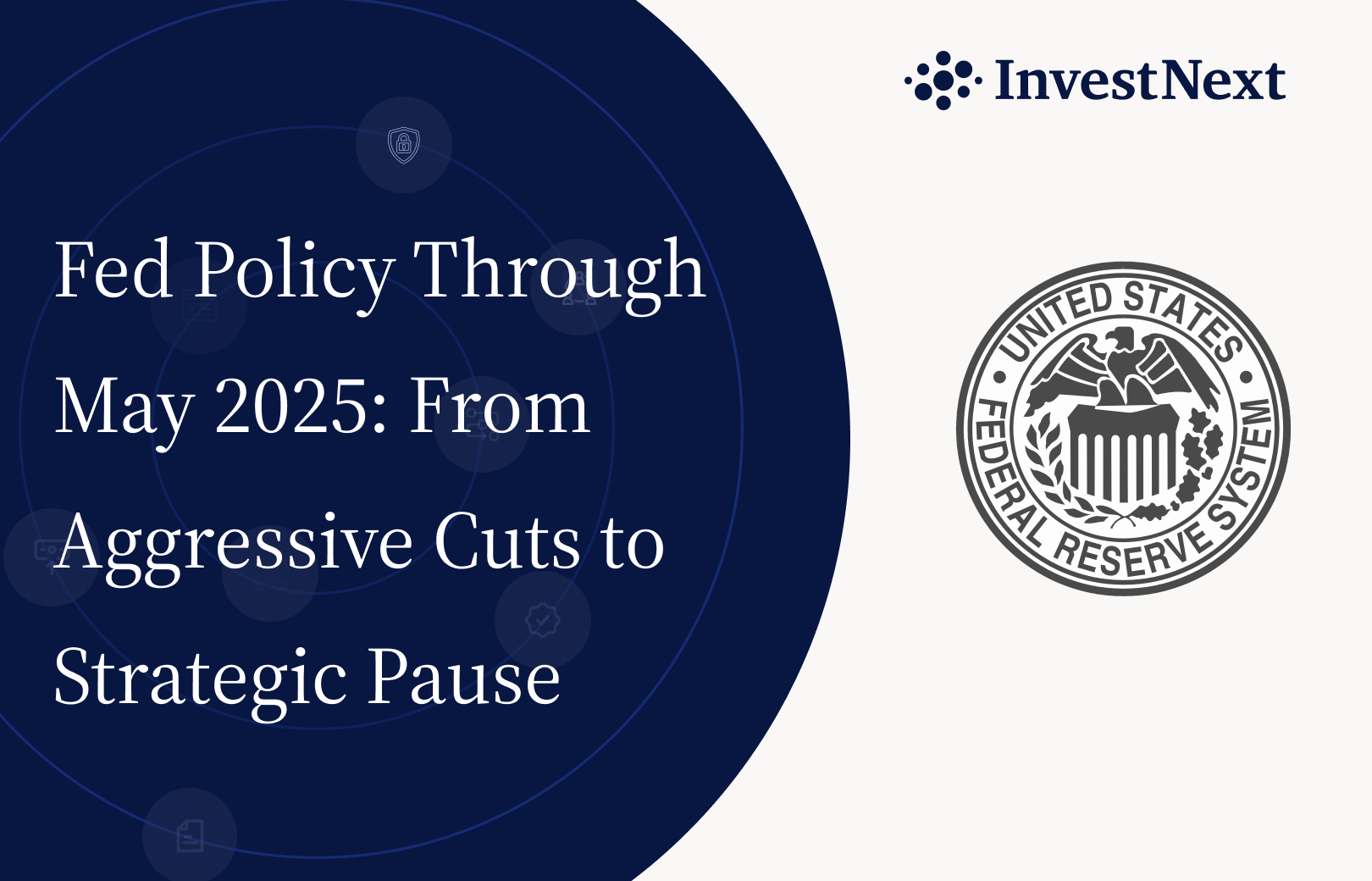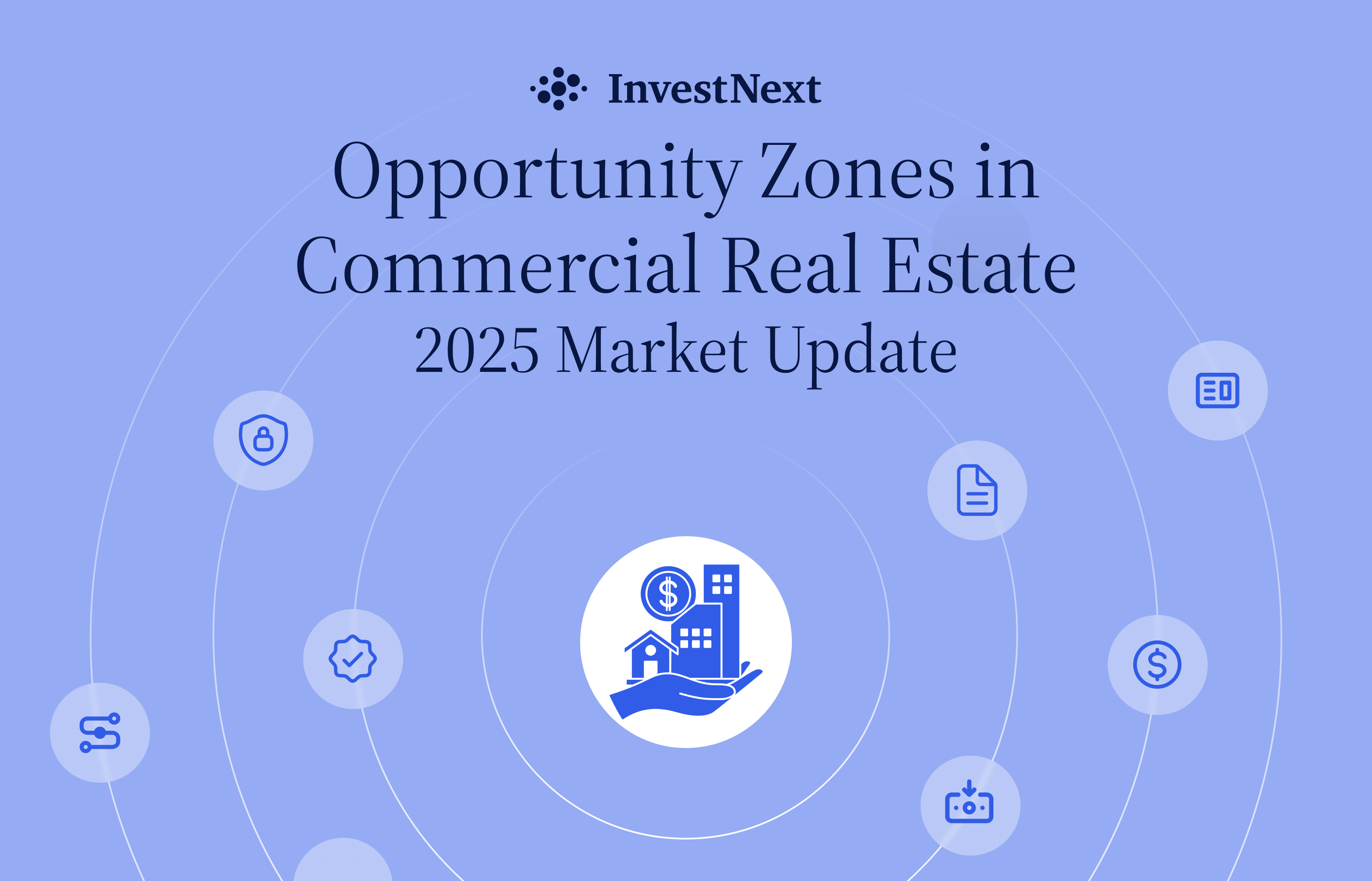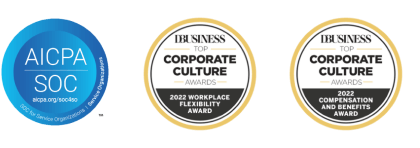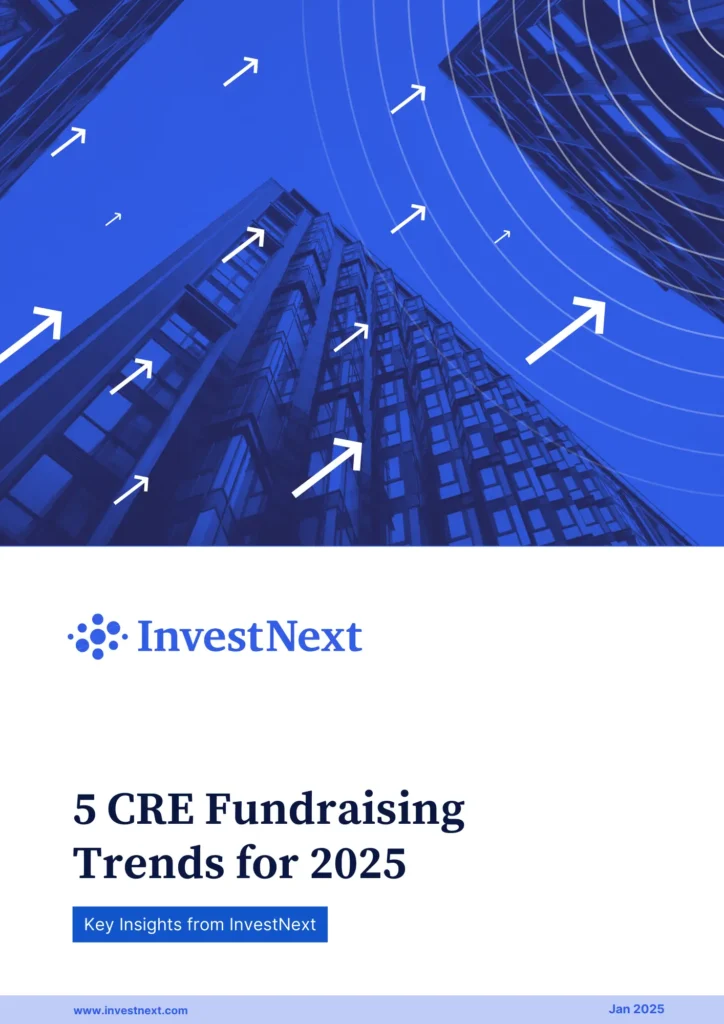Over the past nine months, we’ve tracked the Federal Reserve’s dramatic policy shift through our ongoing analysis, from Powell’s Jackson Hole pivot in August 2024 through the May 7th meeting that confirmed the Fed’s increasingly cautious stance.
What started as confident rate cuts has turned into something far more complex—a central bank wrestling with economic uncertainty that directly shapes how you finance deals and plan capital deployment.
If you’ve been following our coverage since the Fed’s first rate cut in September, you’ve watched this story unfold: aggressive easing followed by growing hesitation as trade policy and inflation concerns reshuffled the deck. May’s meeting confirms what we’ve been highlighting—the Fed is firmly in wait-and-see mode, and that changes everything for real estate investment strategy.
Key Takeaways
- Policy Evolution: The Fed moved from confident cutting (100 basis points in 4 months) to strategic pausing as economic uncertainty increased
- New Language Signals Caution: “Uncertainty about the economic outlook has increased further” and acknowledgment of dual risks to both employment and inflation
- Real Estate Disconnect: Fed cuts haven’t delivered expected financing relief—mortgage rates remain elevated above 6.5%
- Capital Planning Reality: The era of emergency-low rates is over; model your deals for a “higher for longer” environment
- Strategic Positioning: Success now depends on fundamental analysis, strong relationships, and operational flexibility rather than relying on Fed policy tailwinds
The Pivot: August 2024 – “The Time Has Come”
The Fed’s transformation started with Powell’s August 27, 2024 speech at Jackson Hole, where he declared “the time has come for policy to adjust.” This wasn’t subtle Fed-speak—it was a clear signal that restrictive monetary policy was done.
At that point, rates had been sitting at 5.25-5.5% for over a year, and the Fed was ready to act. The economic data supported the move: inflation was cooling, the labor market was softening without breaking, and the central bank saw room to ease without reigniting price pressures.
For those managing real estate capital, this was the moment to start planning for a different financing environment. The question wasn’t whether rates would come down—it was how fast and how far.
The Cutting Cycle: September to December 2024
The Fed delivered on Powell’s promise with three consecutive rate cuts that brought the federal funds rate down a full percentage point:
September 18, 2024: A dramatic 50 basis point cut to 4.75-5.00% November 7, 2024: Another 25 basis points to 4.50-4.75% December 18, 2024: Final cut of the cycle to 4.25-4.50%
Each cut came with confidence. In September, Powell emphasized that “the time has come for policy to adjust.” By November, the Fed cited “solid pace” of economic expansion. December’s cut was accompanied by projections suggesting more easing ahead.
But here’s what many in real estate learned: Fed cuts don’t automatically mean cheaper financing. Mortgage rates actually climbed during this period, from 6.12% in September to 7.09% by December, as bond markets priced in different risks than the Fed was addressing.
The First Pause: January 2025 – Reality Sets In
January’s meeting marked the first pause, and the messaging shifted noticeably. Powell’s message was clear: “With our policy stance significantly less restrictive than it had been, and the economy remaining strong, we do not need to be in a hurry to adjust our policy stance.”
The Fed had cut rates by 100 basis points in four months—a significant easing that needed time to work through the economy. More importantly, they were starting to see economic data that suggested caution was warranted.
This was the first signal that the easy part of the easing cycle was over. Going forward, every cut would require more justification, more certainty that conditions warranted further accommodation.
Growing Uncertainty: March 2025 – Clouds Gathering
By March, the Fed’s language had evolved again. The statement included new phrases that caught attention: “Uncertainty about the economic outlook has increased,” and crucially, “the Committee is attentive to the risks to both sides of its dual mandate.”
The March meeting came with updated projections showing what Goldman Sachs described as a “somewhat stagflationary feel”—lower growth forecasts paired with higher inflation estimates. GDP growth projections dropped from 2.1% to 1.7%, while core inflation estimates rose from 2.5% to 2.8%.
This wasn’t just Fed caution—it reflected real economic crosscurrents. Trade policy uncertainty was building, and the central bank was acknowledging that their dual mandate was getting more complicated to manage.
May 2025: Strategic Pause in Uncertain Times
May 7th’s meeting formalized what March had hinted at. The Fed held rates steady at 4.25-4.50% while acknowledging that “uncertainty about the economic outlook has increased further.”
Most telling was this language: “The Committee judges that the risks of higher unemployment and higher inflation have risen.” That’s Fed-speak for “we don’t know which way this is going, so we’re staying put.”
The statement noted that “swings in net exports have affected the data,” a diplomatic reference to trade policy impacts, while maintaining that economic activity “has continued to expand at a solid pace.”
As JP Morgan’s analysis noted, Powell’s press conference reinforced the message: the Fed is comfortable with current policy settings and sees no urgency to move in either direction. They’ll wait for data to provide clearer direction.
What This Means for Real Estate Investment Strategy
This Fed evolution has several practical implications:
Financing Costs Are Staying Elevated: Don’t expect the mortgage rate relief that many hoped would follow Fed cuts. Rates above 6.5% are likely here for the foreseeable future as long-term yields reflect different concerns than short-term policy rates.
Capital Planning Requires New Assumptions: The era of emergency-low rates is over. Your models should assume a “higher for longer” environment where debt costs remain materially above what we saw from 2010-2022.
Deal Timing Becomes More Critical: With the Fed in wait-and-see mode, market conditions could shift quickly in either direction. Having capital ready and flexibility in deal structures becomes more valuable.
Refinancing Windows May Be Limited: If you have debt maturing in the next 18 months, the window for favorable refinancing terms may not improve significantly. Plan accordingly rather than waiting for rates that may not materialize.
Flight to Quality Continues: In uncertain environments, lenders and investors gravitate toward stronger sponsors and better-located assets. This trend will likely accelerate if economic uncertainty persists.
Looking Ahead: What We’re Watching
As we’ve tracked throughout our analysis, the Fed’s path forward depends largely on how economic data evolves. Key metrics we’re monitoring:
- Employment reports: Any significant weakening could prompt renewed cutting
- Inflation data: Persistent above-target readings could pause cuts indefinitely
- Trade policy outcomes: Resolution of current uncertainties could change the Fed’s calculus entirely
The Fed we’re dealing with in mid-2025 is fundamentally different from the one that started cutting rates in September 2024. Gone is the confidence about the economic path ahead. In its place is a more cautious central bank that’s wrestling with managing monetary policy in an uncertain environment.
For real estate investors, this means adapting to a world where Fed policy provides less clear direction for financial conditions. Success will increasingly depend on fundamental analysis, strong sponsor relationships, and the flexibility to adjust as conditions evolve.
We’ll continue tracking these developments and their implications for real estate investment as the story unfolds. The Fed may be pausing, but the strategic implications for your investment approach are just beginning to take shape.
Schedule a demo to see how InvestNext helps real estate investment managers navigate changing market conditions with the tools and insights needed for strategic decision-making.









